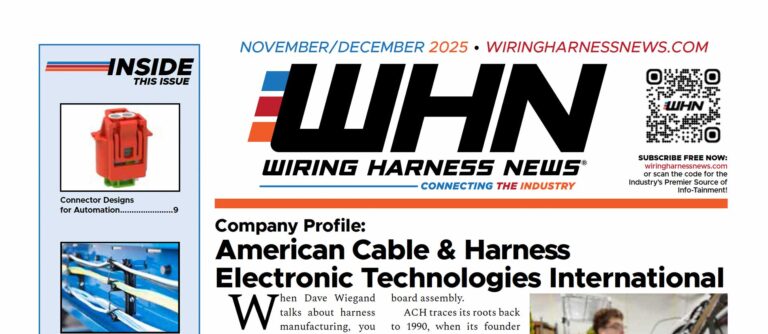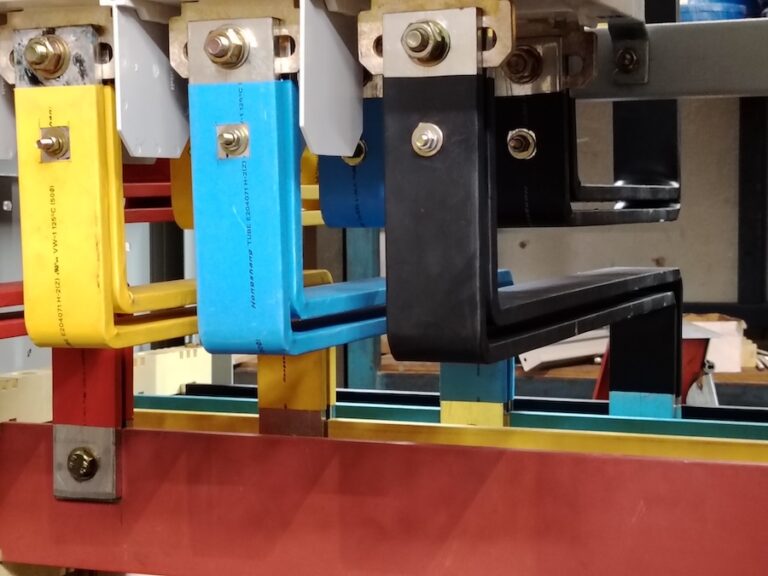By Loren Smith – Blue Valley Capital
Having devoted a number of years to helping harness owners sell their businesses, I am struck by two holes in many sellers’ grasp of the process. The first is fundamental; the second, a bit more sophisticated.
The basic lack of understanding often reveals itself right at the outset when an owner contacts me to say something like “I’m thinking about selling my business, and I’d like to talk to you about that process and how my business would be valued.”
Appreciating the owner’s openness, I respond that the price, or the valuation, is almost always 4 to 7 times EBITDA––a broad range dependent on a number of factors.
Owners typically respond to this in one of two ways: A) They tell me they must reach a certain number, for example $7 million. B) They say they understand that the market determines price, and while $7 million might be the desired number, maybe that price is not justified. But they are committed to a sale and looking for someone who can deliver the best deal possible.
Naturally, I prefer hearing the second response, but I don’t reject the first seller if I sense some willingness to be flexible.
As a next step in my dialogue with the owner, I walk him or her through the technicalities of the process:
- I deal with two categories of buyers: companies that I know well and that I’ve sold businesses to, and companies I know of that could have an interest in acquiring a harness company.
- As I communicate with both kinds of prospective buyers, I review basic facts about the seller without revealing the company’s name.
- After the companies sign my nondisclosure, I reveal the names of the companies (after gaining their approval, of course) and provide them with the CIM (confidential information memorandum).
- The process then becomes one of rank ordering the prospective buyers, narrowing the group down to a manageable number, and then finding the best deal for the seller––based not only on price terms, but also on factors such as cultural compatibility.
Once I have detailed this process, my hope is that the seller realizes my industry credibility, contacts, and track record are likely to yield them an optimum deal. If the seller does honor me with this conclusion––and expresses the understanding that neither I nor anyone else can guarantee a specific number––we can move forward. If, on the other hand, they tell me there is a number they must have, I wish them luck and we go our separate ways.
The other weakness in understanding on the part of owners looking to sell often results from misleading conventional wisdom imparted by accounting advisers and attorneys. Here’s the scenario: An owner has enjoyed an unusually profitable year, and that success awakens, or reawakens, thoughts about selling at an optimal time. Unfortunately, the adviser, who is not steeped in sales knowhow, dampens the owner’s enthusiasm by counseling that one good year should not constitute the basis for valuing their company. The adviser cautions that valuation methodology needs to be based on an average of several years.
Based on this discouraging input in situations where a harness company is starting to experience a strong growth trajectory, an owner may think the sale process needs to be delayed for several years. Otherwise, the owner believes, potential buyers will say they find the forecast too speculative and not sufficiently relevant to the valuation equation.
I have often been quite fortunate, however, in largely ignoring this conventional wisdom and arriving at valuations and forecasts based on the year the transaction is taking place––even if that year’s results are two to three times the results of previous years.
What makes these valuations so credible? The key is providing in-depth detail on the reasons behind the impressive growth––on a customer-by customer-basis––and dealing with buyers who have the savvy to understand those dynamics. In these instances, closing has been a very happy day for the sellers because the sale price has exceeded their expectations by a wide margin.





















































